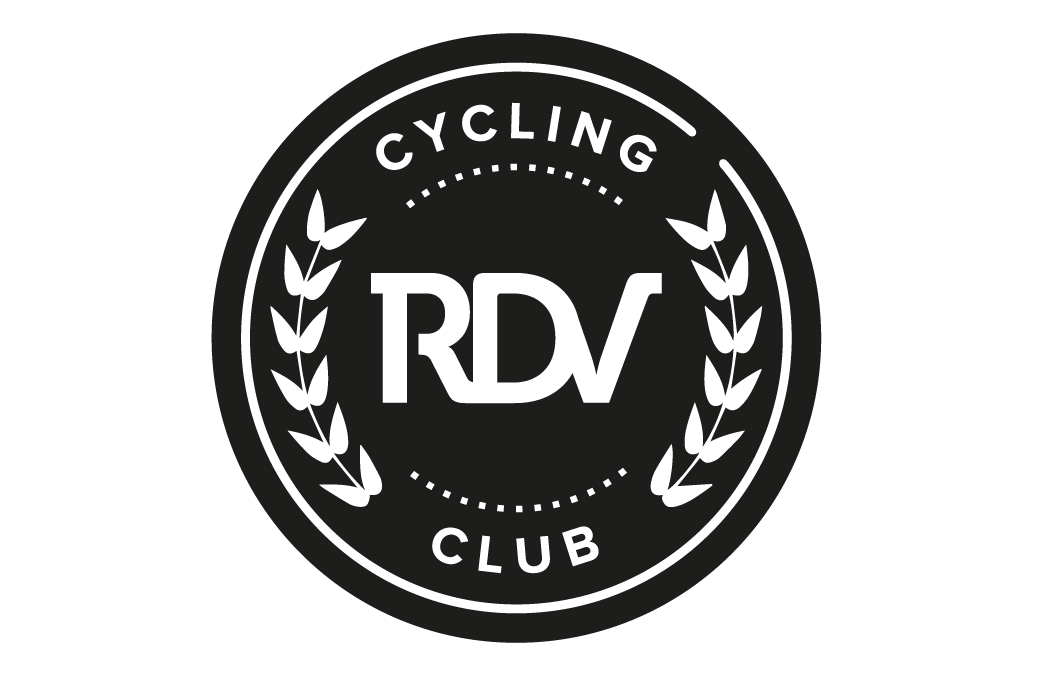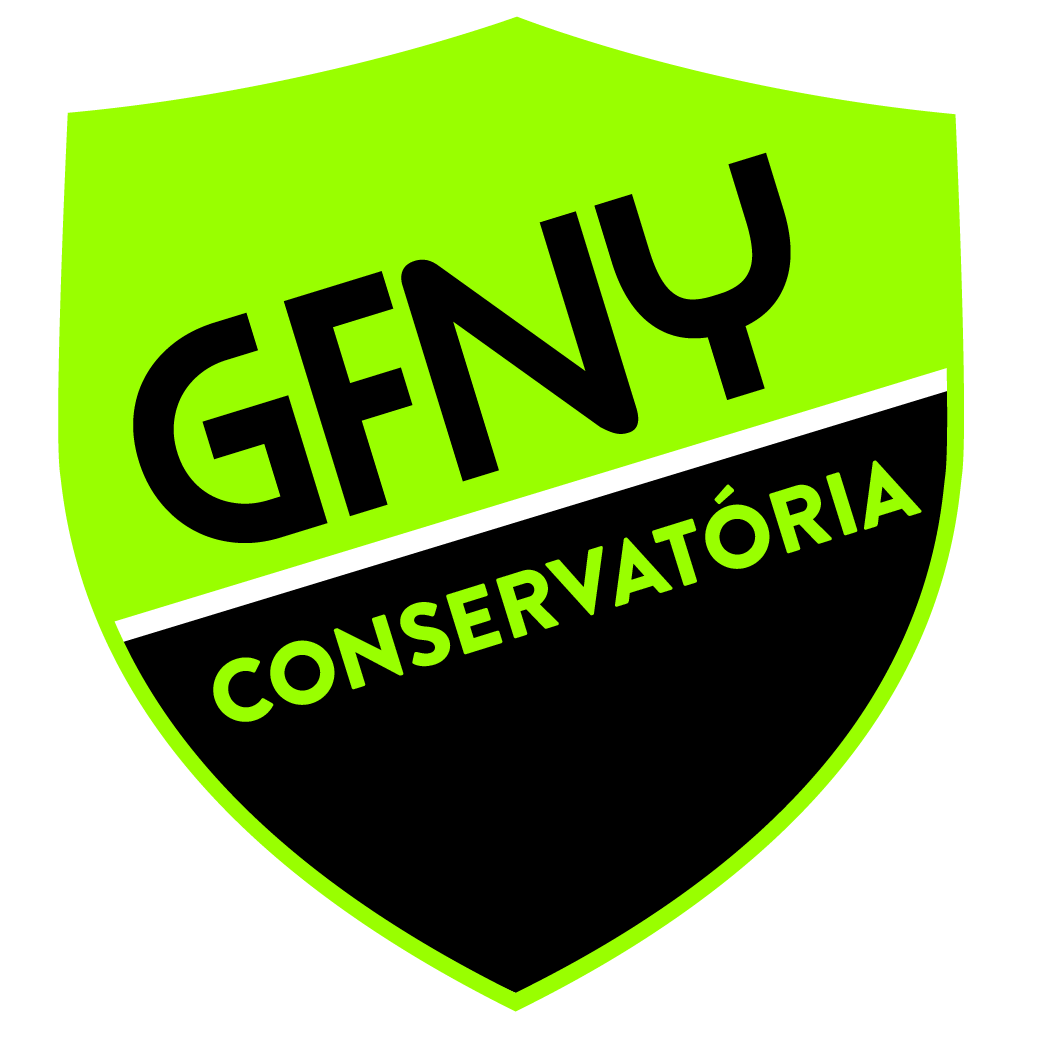GFNY Coaching: Rider Questions
GFNY Coach Christian answers questions from GFNY competitors in this week’s Training Guide.
This week we’ve done something different: instead of writing about a single topic, we’ve taken some rider questions and answered them below. These questions cover training, tactics, and equipment, and we think the answers will help a lot of you.
From time to time we’ll revisit this format, so keep an eye out on social media, and you can always email our coaching staff to ask a question for the next edition.
What strategies/options does a heavier rider have for a short and steep climb, vs a long and steady climb? Say something that kicks up to 10-12% for 500-1000 meters?
-Chris Geiser
In competition, the best thing a heavier rider can do to get over short hills is to embrace ‘sag climbing.’ Sag climbing is when a rider starts a climb at the front of the peloton and gradually fades backwards. By starting the climb at the front of the peloton and timing it so they wind up at the back at the top of the climb, they can actually go up the climb slightly slower while still staying in the peloton. Climbing short hills even a few seconds slower can save a lot of energy, especially on repeated climbs.
It’s important to practice this trick, because you don’t want to rocket backwards and out the back of the bunch. Practice and get a feel for sliding back, then moving up and recovering on the downhill.
In training, larger riders need to train to get out of the saddle and climb explosively. Larger riders often prefer to stay in the saddle and ride at a steady tempo on long climbs. On short climbs, this won’t work: you need to use your whole body to get power into the bike. I recommend a few sessions of short intervals done out-of-the-saddle, and sessions of longer intervals where out of the saddle portions are mixed into the effort. For example, I love to take a typical 3 or 4 minute interval and start it with an explosive, out of the saddle effort for 30 seconds.
With just under 24 weeks until GFNY what type of riding should I be doing now? How long before the event should I start a ‘dedicated’ plan for the event? And what type of riding should I be doing then?
-Murray Craig
For a race like GFNY NYC, this is the perfect time of year to be mixing plenty of endurance miles with a bit of strength work, low-cadence intervals on the bike, or both. You can consider one day a week of higher intensity work if you’ve already been training hard. If you’re just starting your winter training, stick to low-intensity and strength work for around 6 weeks before introducing one day a week of high-intensity training. This workout can be long intervals from 8-15 minutes. I love sessions like 4×8 minutes, 3×10 minutes or even 2×15 minutes with a few minutes of recovery between each effort.
In the spring, I’d recommend adding a second day of interval training to your week, while also making sure to do a long ride each weekend. These intervals can be shorter, in the 3-5 minute range, aiming to accrue around 25 minutes of total work time.
The long ride should be of a duration similar to what you expect your GFNY finish time to be. If you’re more in the ‘looking to finish’ category around 80% of your expected finish time is good. If you’re in the #breaking5 hunt or looking to place high in your category, your long rides should match your expected finish time.
The two interval sessions plus one long ride are your three important workouts for the week, but adding a few other low-intensity days will definitely help too.
As far as starting a dedicated plan, the earlier, the better. Everything you do in March will work better if you did the right things in December.
Any suggestions for joining group rides without blowing up your training plan?
-Michael Benowitz
Fantastic question, Mike.
First, be realistic and match your training to the rides. It’s not realistic to do interval training on group rides: you’ll either ruin your workout, or everyone will hate you. If you train at 19-20 mph, don’t show up to the C ride thinking you’ll get a good workout.
So, most of the time if you’re seeking out a group ride and matching it to your training schedule, it should be a steady endurance ride. On these rides you should be able to get in a good workout while still enjoying the social aspect of cycling.
If you’re riding with riders who are slightly weaker than you (but not too much), you can spend as much time on the front as you like, and easily stay in your endurance training zones. If you put in the harder efforts in places where the draft has more benefit, like headwinds and downhills, the rest of the group should stay on your wheel. Then on the climbs, the fact that you’re stronger than the rest will actually work for you, since you won’t have to ride too hard to keep up.
On the other hand, riding with stronger and more experienced riders can be great, too. These riders are typically more dedicated to their training and have less ego, and won’t be trying to drop you at every possible moment. You can sit on their wheels and get in solid endurance work following them. They’ll probably be very diligent at sticking to their endurance zones on the climb, so while you might grunt a bit to stay with them over steeper climbs, you should be able to do so. Many times I have seen amateur riders go out on group rides with pros and be surprised by how easy it was to keep up.
If you turn up to a group ride and it turns into a race, you have to be willing to let your ego take a hit. You may have to let the group go on the climbs or anywhere they go to hard. Maybe they’ll wait, or maybe they won’t and you’ll make a mental note to not ride with them again. But no matter what, remember that sticking to your training is NOT the same thing as getting dropped, and that there’s no podium after a training ride.
There’s no substitute for outdoor rides, but do you have any suggestions for (new or used) indoor trainers for relatively novice riders on a budget living in an already cramped one-room apartment that’s been taken over by the necessities of remote working?
-Corey Shoock
Thanks for the question, Corey. I think you will find great options from all the big brands: Wahoo, Elite, Tacx and Saris all have good options. I am a big believer in direct-drive trainers (the kind where you take the back wheel off), the feel is much better and it’s easier to put out power.
If you’re sticking to a modest budget, trying to find a used direct-drive trainer is a better option than a new wheel-on trainer. If you do go for a wheel-on trainer, try a fluid trainer and not a magnetic one, as it will provide more resistance and be quiet (important when you’re in a small apartment).
At the end of the day, though, you can get a good workout on any trainer. The key is staying focused on getting in quality workouts. Check out my thoughts here on how to get the most out of your trainer.





